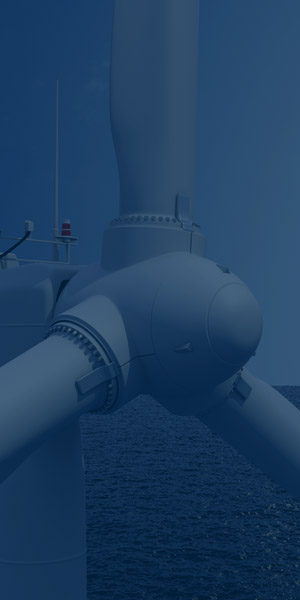Quick Links
- Rules and Resources
-
Services
Quick Links
Offshore- Production
- Offshore Support Vessels
- Exploration
- Offshore Wind Projects
- Offshore Wind Vessels
- Subsea Solutions
- Offshore Sustainability
- Offshore Space Support
- Floating Production Storage and Offloading (FPSOs)
- Offshore Energy Production
- Offshore Aquaculture
- Subsea Mining
- Novel Concepts and New Technologies
- 2 1 column page
- Testing page
- Testing page 9 july
Sustainability and Decarbonization- Energy Efficiency Existing Ship Index (EEXI)
- Sustainability Reporting and Assurance
- Simulation-based Energy Efficiency Evaluation Service (SIM EEE)
- Greenhouse Gas (GHG) Rating Improvement
- Greenhouse Gas Inventory and Carbon Accounting
- Carbon Capture, Utilization, and Storage (CCUS)
- Alternative Fuel Options
- Alternative Power Sources
- Marine Sustainability
- Offshore Sustainability
- Green Shipping Corridors
- Methanol Value Chain
- Gas
- Carbon Intensity Indicator (CII)
- Ammonia Value Chain
- Carbon Diligence Platform
- Carbon Wallet
- Innovation and Technology
-
News and Events
Quick Links
-
About
Quick Links

- Rules and Resources
- Services
- Innovation and Technology
- News and Events
- About Us and Careers
- Rules and Resources
- Rules and Guides
- Regulatory Updates
- Advisories and Debriefs
- Flag and Port State
- Engineering Software
- Engineering Reviews
- ABS MyFreedom™ Portal
- Databases
- Forms
- Services
- Classification
- Approval and Certification
- Company and Ship Audits
- Global Marine
- Global Offshore
- Global Government
- Sustainability and Decarbonization
- Digital Solutions
- Cybersecurity
- Maritime Training
- Innovation and Technology
- Technology Advancement
- Academic Engagement
- Industry Partnerships
- Data and Digitalization
- Knowledge Center
- About Us and Careers
- Who We Are
- Safety
- Careers
- Contact Us

Hull Structural Inspection
Course Code: HSI001
Overview:
This course focuses on the techniques and best practices for conducting thorough hull structural inspections. Participants will learn how to identify critical structural areas, assess the condition of hull structures, and implement effective maintenance programs. Through practical workshops and case studies, this course equips learners with the skills needed to ensure the longevity and safety of ship hulls.
- In this course you will:
- Who Should Attend:
- Course Outline:
- Understand the principles of hull structural inspection.
- Identify critical structural areas.
- Conduct thorough inspections of hull structures.
- Assess the condition of hull components.
- Implement effective maintenance programs.
- Use inspection tools and techniques.
- Identify and document structural defects.
- Plan and execute inspection schedules.
- Ensure compliance with classification and regulatory requirements.
- Promote a proactive maintenance culture.
- Marine surveyors
- Ship superintendents
- Maintenance managers
- Structural engineers
- Inspection personnel
- Compliance officers
Introduction to Hull Structural Inspection
- Importance of hull structural integrity
- Overview of hull structural inspection
Principles of Hull Structural Inspection
- Key principles of structural inspection
- Understanding hull structure components
Identifiying Critical Structural Areas
- Critical areas for hull inspection
- Techniques for identifying structural weaknesses
Conducting Hull Structural Inspections
- Step-by-step inspection process
- Using inspection tools and techniques
- Practical workshop on conducting inspections
Assesing Hull Condition
- Evaluating the condition of hull components
- Identifying and documenting structural defects
- Workshop on defect assessment and documentation
Implementing Maintenance Programs
- Developing maintenance schedules
- Implementing proactive maintenance programs
- Ensuring compliance with maintenance standards
Inspection Tools and Techniques
- Overview of inspection tools
- Techniques for effective inspections
- Hands-on training with inspection tools
Planning and Executing Inspection Schedules
- Planning inspection schedules
- Executing and managing inspection activities
- Workshop on scheduling and execution
Compliance with Classification and Regulatory Requirements
- Understanding classification rules
- Ensuring regulatory compliance
- Documentation and record-keeping for compliance
Promoting a Proactive Maintenance Culture
- Building a culture of proactive maintenance
- Encouraging regular inspections and maintenance
- Recognizing and rewarding proactive maintenance behavior
Conclusion
- Recap of key concepts

© 2024 American Bureau of Shipping. All rights reserved.



































